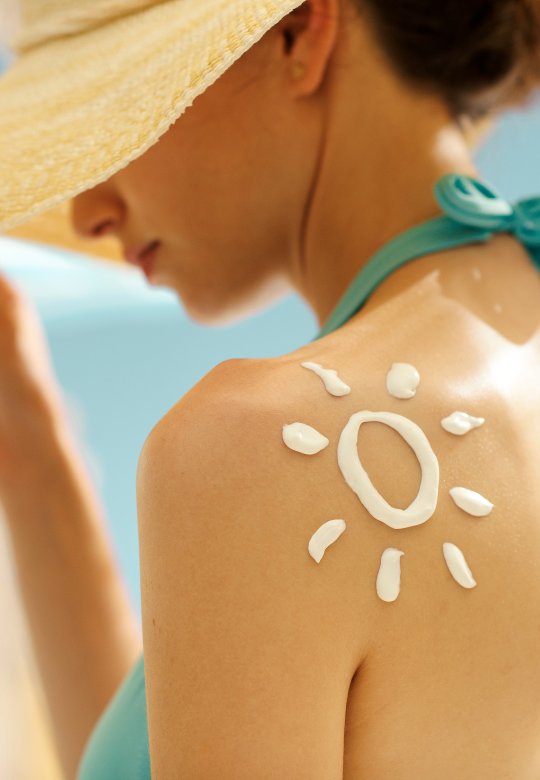Best Practice for Glowing Winter Skin

Do you change your skincare routine for the colder months?
Your skin barrier is that top protective layer of your skin that keeps that good (water and oils) in and the bad (pathogens and UV) out. It protects the tissues and keeps our skin looking healthy and dewy. If your skin is irritated, red, breaking out, waxy-looking, then your skin barrier is compromised and needs some love. For some people that means starting a skincare routine, for some it means stepping up their products and consistency, and lastly for some that means toning it down and decreasing the amount of aggressive exfoliation or environmental factors in their life.
Good healthy skin barriers start with a good assessment of both internal and external factors. As a Naturopathic Doctor my skin assessment can be a quick 15 minute look at these factors or it can mean a full 60 minute visit to truly understand all the contributing factors to your skin health - diet, digestion, hormones, sleep, stress, etc.
As the cold air moves in, depending on the climate you live in, your skin may need a more nourishing moisturizer, or it may need a facial oil, or the addition of a hyaluronic acid if you don't use one already.
The winter is also a good time for a peel in office to get rid of old, dead skin cells, speeding up the skin cycle. Your skin will be more receptive to more moisturizing or nourishing creams or oils you may use in the colder, drier winter months.
Exfoliants may be better used in the summertime: they remove dead skin cells but they only penetrate the top layer. Chemical peels expose deeper layers so your skin will be more vulnerable to the heat of the summer and UV rays post-application. Your skin will be more protected during the week of healing if done in the winter.
My favourite peel to do in-office is the AlumierMD Glow peel, which is a multipurpose resurfacing treatment that combines the powers of salicylic acid (7%), lactic acid (7%), and resorcinol (7%).
Peeling of the dead skin layers can be macroscopic, meaning you can see the peeling, or microscopic, meaning peeling is occurring on a cellular level, but the skin is not visually flaking. Therefore, you can have an effective chemical peel without actually seeing your skin peeling.
Exposure to the cold outdoor air combined with the dry indoor heat can dry out your skin cells. Therefore, you need to get rid of the dead skin cells more often than you would normally do during the hotter months. Ditch your duller complexion by increasing your exfoliation routine to approximately twice a week, or getting a Glow peel this winter, and step up your hydration both inside (hello water and herbal teas!) and out (humectants like hyaluronic acid, and emollients like oils, and possibly occlusives!).
And if you want a deeper understanding of skin health and how to mitigate the aging process, my Youthful Glowing Skin program will help you understand and give you practical daily tips to start using right away!
Also in Skincare & Healthy Aging

Why Fall is the Perfect Season for Chemical Peels: Rejuvenate and Protect Your Skin
Fall is the ideal time for chemical peels due to reduced sun exposure, allowing for safer recovery and better results. Cooler weather aids in skin renewal, helping to repair summer damage and prepare for winter dryness. At Zawada Health, choose from three AlumierMD peels—Glow Peel, Radiant 30 Peel, and BHA 20 Peel—to address acne, hyperpigmentation, fine lines, and more, for rejuvenated, glowing skin.

Lifestyle Habits That Contribute to Longevity

Spring Into Radiance: Tips for Adjusting Your Seasonal Skincare Routine
Follow
4 Robert Speck Parkway, Suite 1500
Mississauga, Ontario, L4Z 1S1
905-804-1752
info@zawadahealth.com
- Search
- About Us
- Contact Us
- New Patients & Intake Forms
- Blog Menu
- Links and Resources
- Recipes
- Privacy Policy
- Refund Policy
- Terms of Service
NEWSLETTER SIGN UP:
© 2025 Zawada Health.

